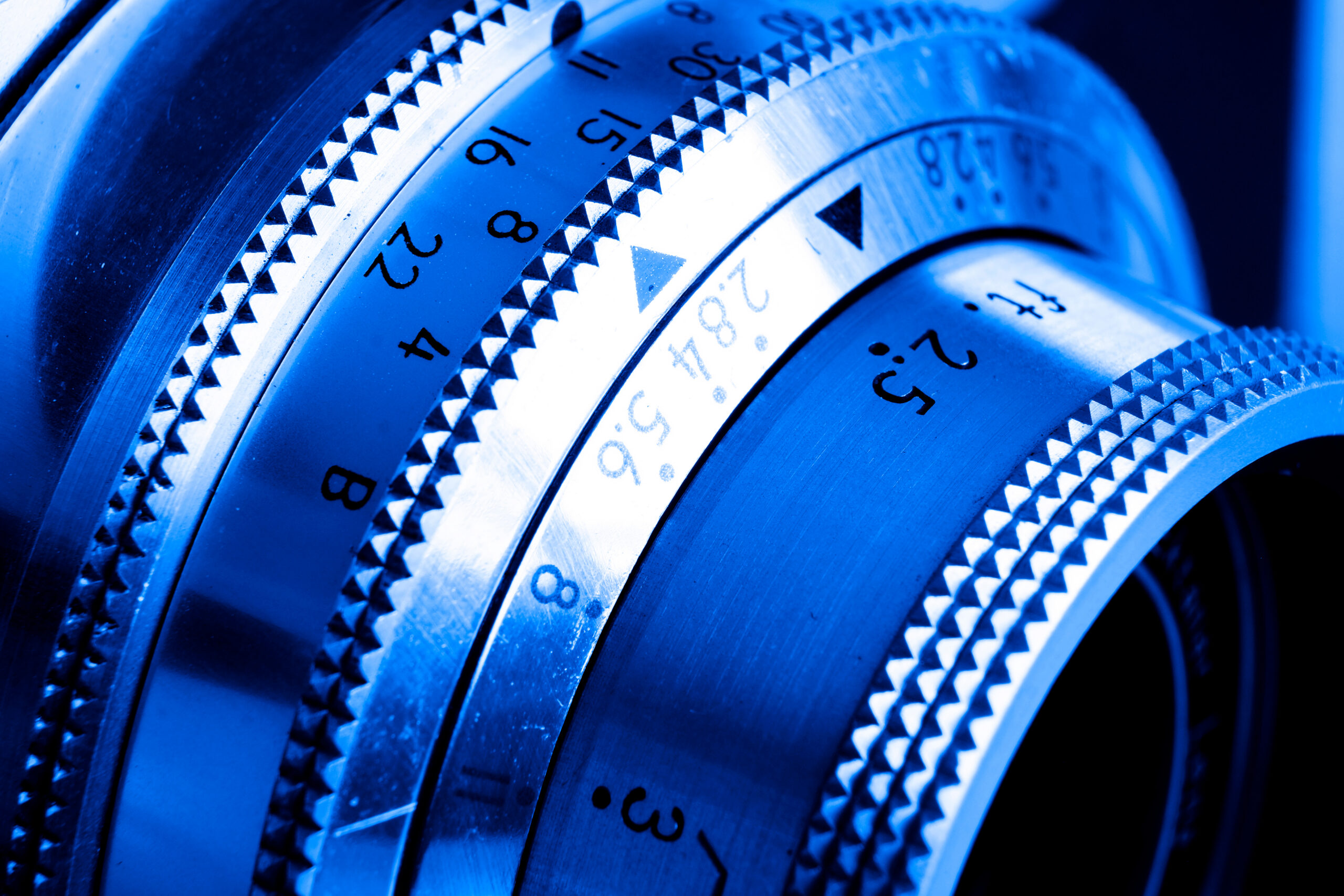In modern production, accurate lens metadata is essential for VFX workflows. Focus, iris, and zoom (FIZ) data enables post-production teams to match virtual elements precisely to live-action footage. However, a fundamental principle applies: bad data is worse than no data. Inaccurate metadata creates false confidence and wastes artist time troubleshooting discrepancies.
Two primary methodologies exist for capturing lens data: injection recording and sidecar recording. Understanding when to use each approach significantly impacts post-production efficiency.
Understanding Injection Recording
Injection recording embeds frame-by-frame lens metadata directly into camera RAW files through real-time communication between the lens encoding system and camera body. Because metadata and image data are captured simultaneously, frame synchronisation is automatic. The metadata travels with the image throughout post-production, eliminating separate file management or manual synchronisation.
Multiple pathways to injection exist. Smart lenses (Cooke /i, ZEISS eXtended Data) inject metadata directly without external hardware. For ARRI ALEXA cameras, WCU-4 or Hi-5 handsets embed data automatically. External encoding systems provide injection for other configurations: LDT-A2 and LDT-M2 connect via LBUS and CLM ports for ALEXA; LDT-R2 and LDT-V2 handle RED, Sony Venice/Venice 2, and Panavision DXL via camera control ports.
External systems require lens mapping—approximately five minutes per lens. This must happen early in prep to process the entire lens package.
Understanding Sidecar Recording
Sidecar recording writes lens data to separate CSV files on SD cards, which must be synchronised with footage during post-production. This becomes necessary when injection isn’t available.
Film cameras—including ARRIFLEX, ARRICAM, Panavision XL2, and all other celluloid-based systems—cannot accept injection because there’s no digital file to embed metadata into. Digital cameras without metadata capability, port unavailability, or system limitations also require sidecar recording.
The workflow writes frame-by-frame data to a microSD card. This requires both an external timecode source and a visual timecode slate in every take. Daily QC is essential—someone must verify files record correctly, timecode is consistent, and no gaps exist.
In post-production, the pulls house merges CSV files with processed footage using timecode. This adds labour compared to injection but remains proven and reliable. Hardware solutions include the LDT-F1 for film cameras and LDT-R2 with internal recording mode for digital cameras.
Validation Overlays
Validation overlays provide real-time display of lens data and camera information, serving as immediate quality control throughout production. Digital cameras typically provide overlay capability through monitoring outputs. For film productions, the LDT-F1 provides something unique: as the only device on the market that creates digital overlays for film cameras, it displays camera start/stop, footage counter, anamorphic desqueeze, and custom framelines—giving crews visual references that wouldn’t otherwise exist on celluloid.
These overlays become critical during pipeline testing. By simultaneously recording the overlay feed alongside camera footage, productions create visual ground truth to validate that lens data survives the complete journey through post-production. This validation process—known as round trip testing—catches metadata issues during prep rather than discovering them during post. Learn more about establishing ground truth through round trip testing.
Jurassic World Rebirth demonstrated this value, using the LDT-F1 throughout production. With just one year from filming to release despite VFX-heavy sequences, accurate lens data accelerated post-production by providing vendors precise information from day one.
Post-Production and Planning
Injection workflows extract metadata directly from camera files: REDLine for RED, Sony RAW Viewer for Venice, standard tools for ARRI. Sidecar workflows require CSV files matched to footage via timecode before vendor delivery.
Lens mapping must happen early in prep. Testing the complete pipeline from capture through post establishes ground truth before principal photography, validating hardware setup and catching issues early.
Making the Right Choice
Choose injection when camera systems support it—through smart lenses, ARRI handsets, or external encoding hardware. Injection becomes valuable when streamlined workflow is priority or timelines are compressed.
Choose sidecar when working with film cameras (the only option), when cameras don’t support injection, when required ports are unavailable, or when system limitations prevent injection.
Conclusion
Both methodologies serve essential roles. Injection reduces manual labour and sync risk but isn’t universally available. Sidecar recording remains critical for film and certain digital workflows.
The methodology matters less than capturing data correctly. Proper planning, rigorous testing, and validation ensure excellent lens data reaches VFX teams regardless of recording method. DCS supports productions from initial consultation through delivery. Technical documentation is available at support.dcs.film.

